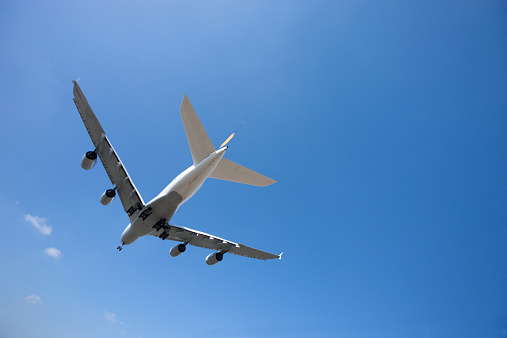
At 30,000 feet, there are six words you really don’t want to hear: “Is there a doctor on board?”
Even if they’re on board, however, physician passengers may or may not answer that call for help for all kinds of reasons, says a new review article about in-flight medical emergencies published in The New England Journal of Medicine. In an airplane emergency, a doctor who helps a passenger enters into a doctor-patient relationship, with all of the risk and liability that follows, the authors write. A physician’s liability depends on the country the aircraft is registered in, though they may also be subject to the rules of the country they’re currently flying over, or the country of the sick passenger.
In about half of emergencies, doctor-passengers help out. U.S. healthcare providers on U.S. flights aren’t legally required to do so, though doctors in Australia and some countries in Europe are mandated by law to assist passengers in need.
Medical emergencies happen in one out of every 604 flights, found a 2013 study. The most common type, accounting for 37% of cases, is syncope—the medical word for fainting or passing out. (That’s partly because the dry, pressurized environment of air cabins can lead to dehydration, explain the authors of the new report.) Respiratory symptoms account for 12% of emergencies, and nausea or vomiting account for about 10%. Most of the time, these emergencies are handled smoothly; planes only divert because of medical emergencies about 7% of the time.
For doctors who do decide to press the call button, the authors of the new report propose some general guidelines. Deciding if you’re capable of providing care—if you’re sober, if you’re awake and alert—is the first step for a doc. It’s also important for doctors to remember that the conditions on a plane are drastically different than they are on land. “Our ability to diagnose the patient with the testing we use every day in offices and hospitals just isn’t there,” says Dr. William J. Brady, one of the authors and a professor of emergency medicine and internal medicine at University of Virginia School of Medicine.
Medication is limited on board, but every commercial aircraft is required to carry a first-aid kit with a stethoscope, CPR masks, needles and syringes, aspirin, epinephrine and other medications and tools. Flight attendants are trained in CPR and defibrillators.
Brady says he’s provided care for people on airplanes three times: once for a passenger who drank too much alcohol, another time for someone who traveled too soon after major surgery and a third time to a passenger having a stroke. Only in the case of stroke did the flight divert as a result of the emergency, and it landed in 5-10 minutes, Brady recalls.
Cardiac arrest only accounts for 0.3% of emergencies, but since it’s also responsible for most in-flight emergencies that end in death, it’s important for clinicians to learn how to handle it, mainly through basic interventions like CPR and defibrillation, the authors suggest. Aspirin is usually a good idea if a patient is having chest pain that could be acute coronary syndrome, the authors write. And for passengers having strokes, they suggest that doctors consider providing supplemental oxygen.
Several doctors have told Brady that after reading this NEJM article, they plan to step up and take care of patients in need on their future flights. “It’s a good thing to hear,” Brady says. “If a physician feels that he or she has something to offer a patient and can, I hope they do step up and help someone.”
More Must-Reads from TIME
- Inside Elon Musk’s War on Washington
- Meet the 2025 Women of the Year
- The Harsh Truth About Disability Inclusion
- Why Do More Young Adults Have Cancer?
- Colman Domingo Leads With Radical Love
- How to Get Better at Doing Things Alone
- Cecily Strong on Goober the Clown
- Column: The Rise of America’s Broligarchy
Write to Mandy Oaklander at mandy.oaklander@time.com